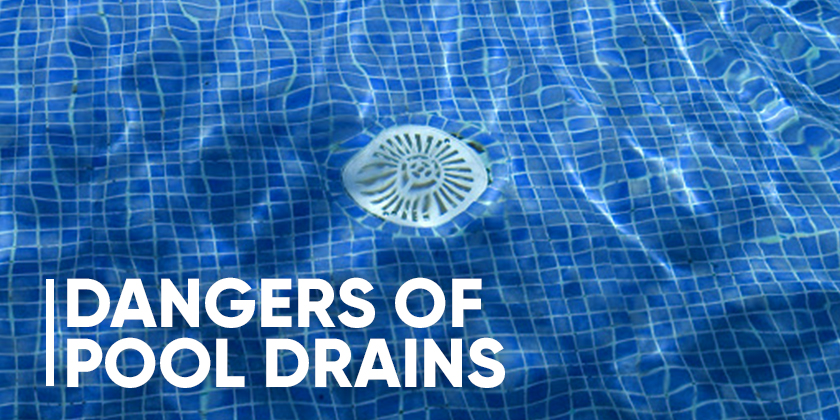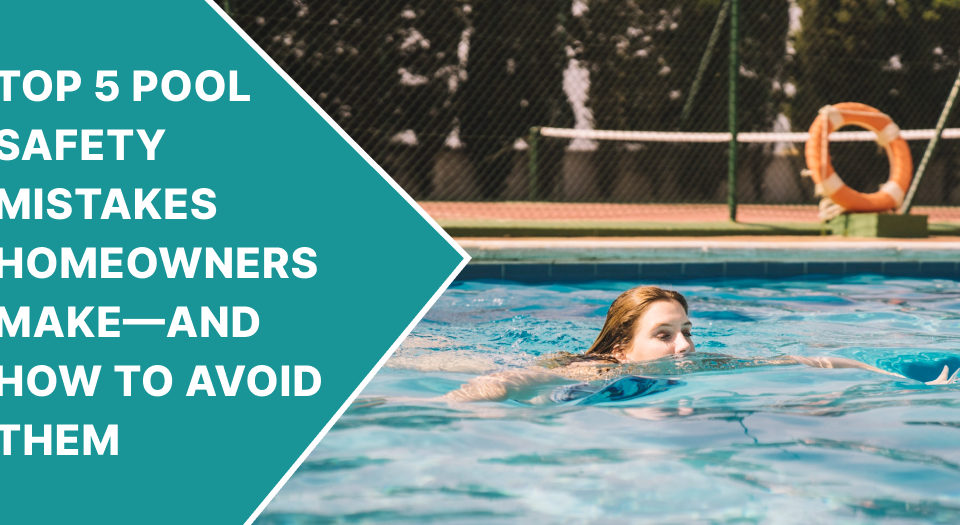
Hidden Pool Drain Dangers
February 20, 2021
How To Treat Pool Cloudy Water?
March 16, 2021Swimming is a great exercise to stay fit and healthy, especially for people with diabetes.
Diabetic patients experience a few common health issues, such as joint or balance problems, pain in the feet due to nerves damage, and various other physical limitations. Swimming can help them stay active by exercising both the upper and lower body. It also reduces the risk of heart diseases and helps manage blood sugar levels in Type 2 diabetes. Moreover, it increases insulin sensitivity, contributing to maintaining a healthy weight.
Swimming Tips For Diabetics
Everyone should do their best to stay safe while swimming, but diabetic patients need to be even more careful. So, here are some tips that can help you stay safe while swimming:
#1. Get a kickboard
If you’re concerned about the impact of swimming on your joints, we assure you that you don’t have to worry about it. The buoyancy in the water will protect your joints from impact. However, if you need more lift, you can use a kickboard. It’ll also be useful if you’re not a confident swimmer and want extra help staying afloat.
#2. Swim-up to 30-minutes
Swim one pool length and then rest for 30 seconds. If it’s not challenging enough for you, try swimming for five minutes and then taking a rest for one minute. You can gradually increase your swim time in the pool until you reach 30 minutes of total swim time each session.
#3. Protect any wounds
Do not enter the swimming pool if you’ve any open wounds. Pool water can increase the risk of infection and can slow down the healing process. However, if you still want to swim, don’t forget to cover your cut or wound with a bandage or waterproof plastic. However, for diabetic people, make sure to consult with your doctor whether a waterproof dressing is appropriate for your situation.
#4. Be extra-alert to diabetes symptoms
Swimming can cause sweating and make you feel tired. However, in diabetic people, it is difficult to tell whether you’re feeling lethargic due to exercise or because of the drop in blood sugar levels. So, if you suspect any problem, be vigilant and get out of the pool immediately. Moreover, make sure to keep a high-carb snack handy in your bag poolside as you might not have time to go to your locker and grab a snack. If the pool has rules against keeping food near the water, talk to a lifeguard or instructor and explain your condition. The pool authorities might make an exception and allow you to keep your snacks or glucose tablets handy.
#5. Keep your insulin pump cool
If you’re swimming at the beach or in an outdoor pool, you may need to disconnect your insulin pump and keep it somewhere safe. Remember to keep the pump cool so the insulin doesn’t deteriorate. Another thing you can do is place your insulin pump in a zip lock bag, wrap it in a small towel, and then place it in a cooler. Also, many companies claim that their insulin pumps are waterproof, but make sure to read the instructions carefully about their protection limit. The waterproofing may only apply if you’re not diving more than about 2.7 meters (nine feet) underwater.
#6. Shower right after swimming
The chlorine in the swimming pool water can dry out your skin and might cause it to crack, making you vulnerable to infection.
#7. Protect your feet
The wound healing rate is slower in diabetic patients, and severe infections in the feet can even lead to amputation. Make sure to wear water shoes or aqua socks when you’re swimming in a lake or ocean to prevent injuries from rocks, sea life, glass, or other debris. You can also wear protection in the swimming pools as the concrete floors of some pools are abrasive.
#8. Don’t forget to wear water-resistant sunscreen
If you’re swimming outdoors, the water may feel cool against your skin. But you could still get sunburned on a hot summer day. To be safe, make sure to apply water-resistant sunscreen when swimming outdoors.
#9. Check your blood sugar at least half an hour before swimming
Take action depending on your sugar level. But if your sugar level is between 4-7 mmol/l, you must eat an additional snack before you swim.
These are the few recommended tips for diabetic patients to stay safe while swimming. If you still have any doubts, stay tuned to the Life Saver Poolfence blog!




